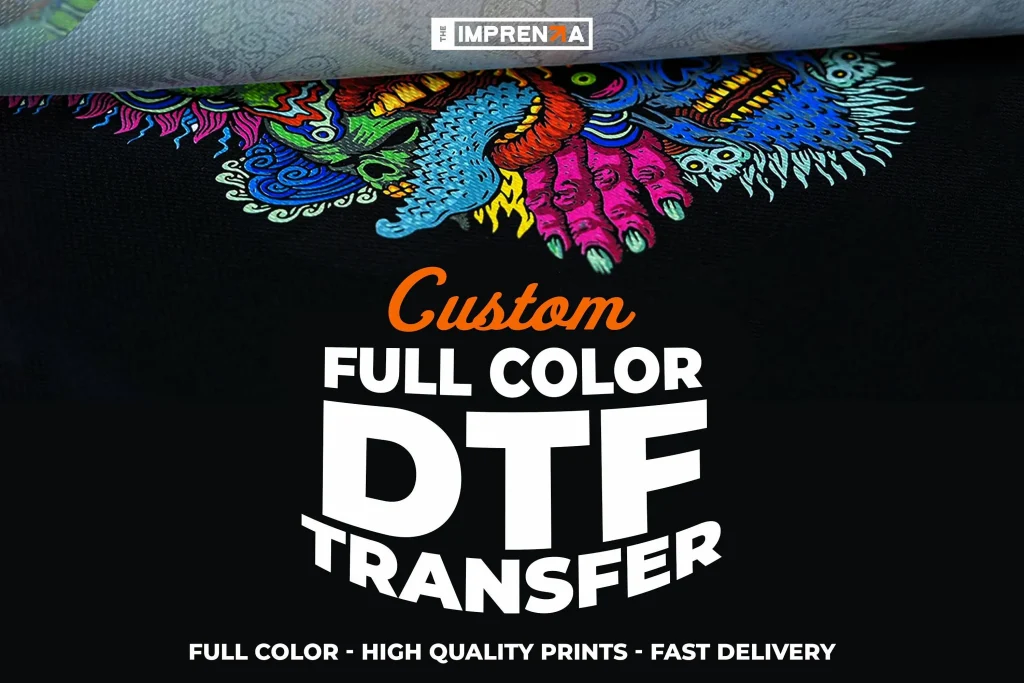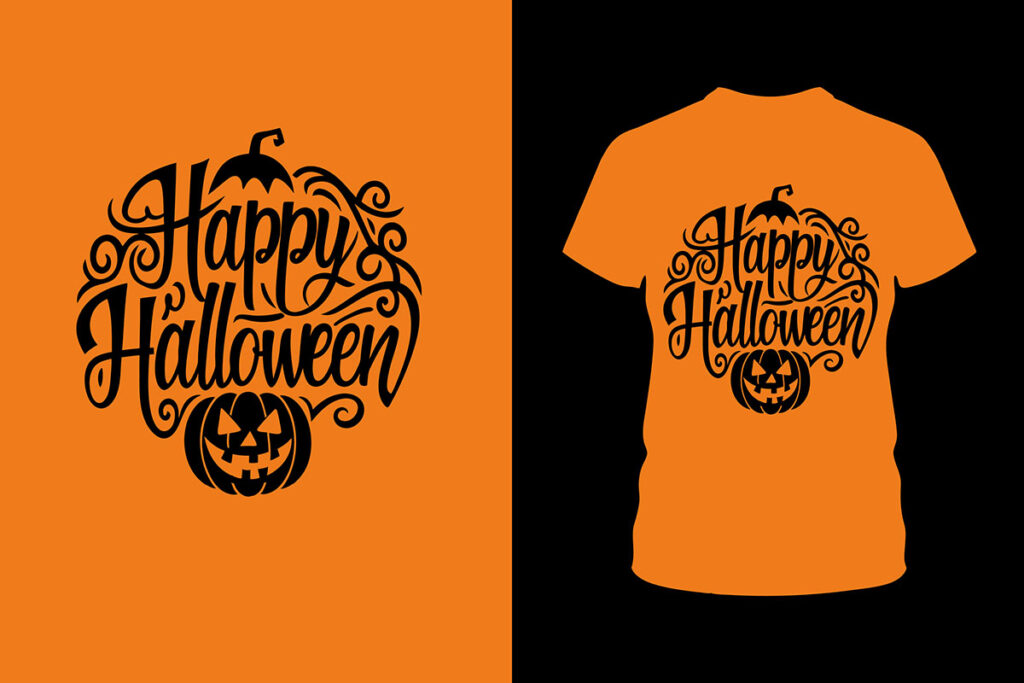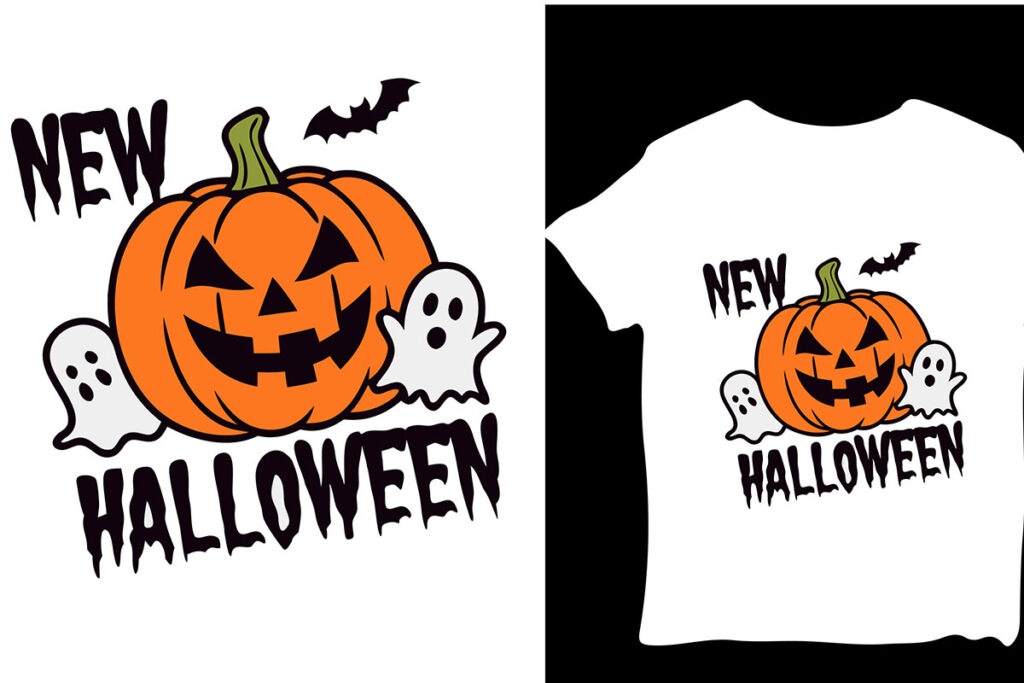DTF transfers are redefining fabric printing by delivering vibrant color, durable adhesion, and a surprisingly soft hand feel that remains comfortable through repeated wear and washing, making them a compelling option for hobbyists and small brands alike, and inviting you to experiment with risk-free variations. For beginners, consult a DTF printing guide to demystify the process, covering essential steps from artwork preparation and color management to choosing inks, films, and powders, so you can start with confidence and predictable results, and these guides typically include printable checklists and common troubleshooting tips. The workflow is approachable for first projects and scalable as you gain experience, allowing you to produce small batches of custom apparel without the overhead of more complex methods, while you establish a simple SOP and keep a log of test fabrics and temperatures to refine your process. Understanding the elements—how DTF transfers work, including printer capabilities, white underbase when needed, powder curing, and the heat-press timing—helps you plan a reliable path from conception to a finished garment, and provides a solid foundation for troubleshooting as you scale. If you prioritize versatility across fabrics, direct-to-film transfers offer strong color and crisp details, especially on cotton and blends, while keeping the overall process approachable for makers at every level and encouraging mindful choices about ink chemistry and environmental impact.
Beyond the specific term DTF, the same idea can be described as film-based heat transfer or ink-on-film artwork that travels from digital file to fabric via a PET transfer film and a bonding powder. This alternative framing emphasizes the media pathway rather than brand names, highlighting how printers lay down color on a carrier, how powders cure, and how heat and pressure release the image onto garments. Different industry guides refer to processes like direct-to-film transfers and film-transfer workflows, underscoring the core steps without getting bogged down in terminology. Whether you call it DTF or think of it as a PET film transfer method, the result remains vivid, durable, and well suited for small-batch production and creative experimentation.
DTF Transfers: From Concept to Wearable Art
Turning an idea into a wearable piece starts with a clear concept. For DTF transfers for beginners, this initial step matters just as much as the execution—sketching layout, choosing colors, and deciding where elements will sit on the garment sets the foundation for success.
This heading-to-hardware journey moves through design, printing on PET transfer film, powdering and curing, and finally pressing onto fabric. Understanding the DTF transfer process at a high level helps you estimate time, materials, and potential fabric choices, so you can translate creativity into consistent wearables without getting overwhelmed.
How DTF Transfers Work: The Direct-to-Film Printing Process
How DTF transfers work hinges on several coordinated steps that turn digital art into a heat-applied graphic. In a direct-to-film workflow, artwork is prepared at high resolution, printed onto a PET transfer film with compatible inks, a bonding powder is applied and cured, and the finished film is pressed onto fabric using heat.
Direct-to-film transfers are designed to be versatile across fabrics, with options for white underbase on dark textiles to maintain brightness. Grasping the DTF transfer process helps you optimize color management, printing order, and press parameters, leading to reliable results across projects.
DTF Transfer Process for Beginners: Step-by-Step to Quality Garments
A beginner-friendly view of the DTF transfer process breaks down into manageable stages: concept and design planning, digital design preparation, printing onto transfer film, powdering and curing, transfer setup, pressing, peeling, and finishing. Each step builds confidence and reduces the guesswork that can derail a first project.
As you practice, document your settings and outcomes—temperature, pressure, and time—so you can refine your personal SOP. Following a disciplined approach minimizes common pitfalls, helps you scale from small runs to larger batches, and makes DTF transfers more approachable for beginners eager to master the craft.
Direct-to-Film Transfers: Tools, Materials, and Setup Essentials
Getting started with direct-to-film transfers requires a focused toolkit. You’ll need a reliable printer compatible with DTF inks (plus white ink if you plan a white underbase), PET transfer film, adhesive powder, a curing method, and a heat press with even temperature control. Having the right tools makes the workflow smoother and more repeatable.
Calibration is critical, so begin with test garments to dial in color and heat settings before applying designs to final pieces. Simple checklists for film type, powder distribution, and press time help you build muscle memory, reduce waste, and ensure consistent results across projects.
Design and Color Management for DTF Transfers: From 300–600 DPI to Bold Whites on Dark Fabric
A solid DTF printing guide starts with design resolution and color management. Prepare artwork at 300–600 dpi, ensure clean color separations, and plan white underbase layers for dark fabrics to preserve brightness and legibility.
Color separation, bleed margins, and an awareness of fabric behavior during transfer all influence the final look. By applying best practices from DTF printing guides and using appropriate color profiles, you’ll achieve sharp lines, smooth gradients, and durable color on a variety of textiles.
Care, Durability, and Troubleshooting for DTF Transfers
Proper care extends the life of DTF transfers. Instruct wearers to turn garments inside out, wash in cold water, and avoid aggressive detergents. Tumble drying on low or air drying can help preserve color and adhesion over time.
Common challenges—faint colors, cracking edges, or color bleed—often stem from improper heat, pressure, or powder curing. Troubleshooting steps include verifying print readiness, ensuring the white underbase (when needed) prints correctly, and validating carrier film compatibility with the fabric. With patience and methodical testing, you can minimize issues and deliver durable wearable results.
Frequently Asked Questions
How do DTF transfers work and what is the DTF transfer process from design to wearable?
DTF transfers work by printing a design onto a PET transfer film with DTF inks, applying adhesive powder, curing, then heat-pressing the film onto fabric. The DTF transfer process typically includes design preparation (300–600 dpi), printing (with an optional white underbase for dark fabrics), powdering and curing, transferring with a heat press, and finally peeling the carrier film. When done correctly, the result is a durable, vibrant image that works on a wide range of fabrics, including darker garments.
Are DTF transfers for beginners a good starting point for heat transfer printing?
Yes. DTF transfers for beginners offer strong color reproduction, a forgiving workflow, and broad fabric compatibility. They work well on cotton, blends, and even dark fabrics when a white underbase is used. The equipment is accessible, and you can scale from single projects to small batches as you gain experience.
What is a DTF printing guide and how can it help beginners with DTF transfers?
A DTF printing guide outlines the end-to-end workflow for DTF transfers, from design preparation and color management to printing on PET film, powdering, curing, and transferring to fabric. Following a guide helps avoid common pitfalls and establishes a repeatable, beginner friendly process for reliable results.
What is direct-to-film transfers and how do they compare to DTG or screen printing?
Direct-to-film transfers use a PET film, adhesive powder, and heat to move a design onto fabric, offering flexibility across fabrics and cost-effective small runs. DTG prints directly on pre treated garments, often best on light fabrics, while screen printing excels in large runs and is very durable but requires more setup. Direct-to-film transfers shine for beginners and small batches, especially on dark fabrics.
How does the DTF transfer process handle dark fabrics?
For dark fabrics, plan a white underbase to keep colors bright. Preheat the garment, print the white layer and main colors, apply the adhesive powder, cure, then press with appropriate temperature and time. The DTF transfer process for dark fabrics relies on the white base to ensure visibility and color accuracy.
What care instructions help maintain the durability of DTF transfers?
Turn garments inside out, wash cold, and avoid bleach. Dry on low heat or hang dry when possible. DTF transfers are durable but extreme washing or high heat can wear them over time, so follow care instructions to maximize longevity.
| Section | Key Points |
|---|---|
| What are DTF transfers? | A heat‑applied graphic using a PET transfer film; involves printing onto film, applying adhesive powder, curing, and pressing onto fabric to create a durable, vibrant image suitable for many fabrics, including darks with a white underbase when needed; beginner‑friendly for handling detailed artwork. |
| Why beginners choose DTF transfers | Strong color reproduction, forgiving workflow, wide fabric compatibility (including dark garments with a white underbase), accessible entry equipment, and scalability from small runs to larger batches. |
| DTF transfer process overview | Design/color management → print on PET film → apply adhesive powder and cure → transfer to fabric with heat/pressure → peel/finish; results in a durable image on various textiles. |
| Key tools and materials | DTF‑capable printer with white ink support; PET transfer film; adhesive powder; curing unit or oven; heat press; test garments; design software and color management tools. |
| Design considerations | Design at 300–600 dpi; plan white underbase for dark fabrics; pay attention to color separation; leave bleed/margins; test on multiple fabrics for compatibility. |
| Step-by-step beginner guide (concept to wearable) | 1) Concept/design planning; 2) Digital design preparation; 3) Printing onto transfer film; 4) Powder application and curing; 5) Transfer setup; 6) Pressing the transfer; 7) Peeling and finishing; 8) Quality check. |
| Common mistakes & troubleshooting | Faint colors: check print profile/white ink and pressing; cracking/peeling: adjust heat/pressure and ensure powder cures; smudging: ensure proper drying before powdering; white underbase issues: verify white layer prints and preheat fabric. |
| DTF transfers vs other methods | Compared to DTG: better for small runs and versatile on cotton/blends; vs screen printing: more flexible for small batches and complex, multicolor designs; white underbase helps brightness on dark fabrics. |
| Care, maintenance, durability | Turn garments inside out, wash cold, avoid aggressive detergents/bleach, dry on low heat or hang dry; although durable, repeated washing can show wear; provide clear care instructions. |
| Real-world projects & skill growth | Start simple, then add multicolor artwork, gradients, and typography; track results across fabrics/temps/cure times to build a reliable SOP and steady results. |
Summary
The table above summarizes the key points from the base content in English, highlighting what DTF transfers are, why beginners favor them, the workflow and tools, design considerations, stepwise guidance, common issues, comparisons with other methods, care, and real‑world practice.



